The Latest Developments in Geosynthetics & Erosion Control: Trends and Innovations for 2025
The field of geosynthetics and erosion control continues to advance, providing innovative solutions for environmental protection.
Tel: +86-411-39569550 | E-mail: info@geofantex.com/geofantex@gmail.com
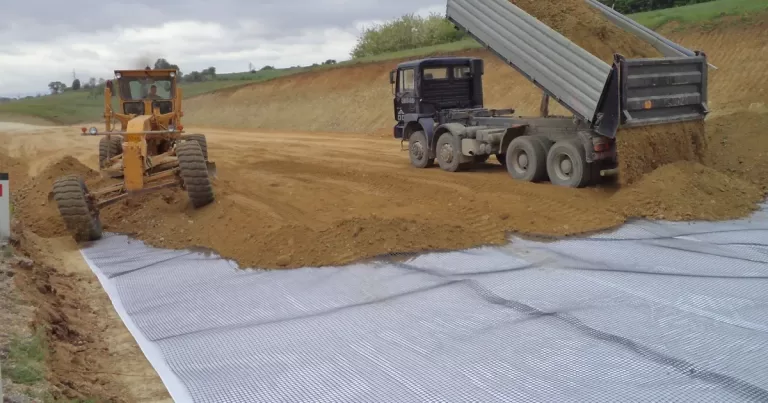
The field of geosynthetics and erosion control continues to advance, providing innovative solutions for environmental protection.
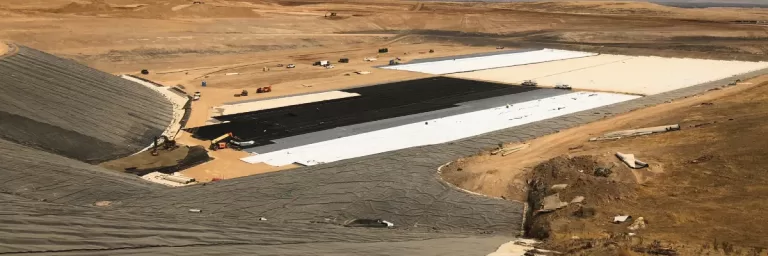
Contaminated soils present a significant environmental and health challenge, often requiring advanced techniques to manage and remediate. One of the most effective tools in addressing these challenges is the use of geosynthetics. These engineered materials play a crucial role in isolating, containing, and remediating contaminated soils, making them indispensable in modern environmental engineering. In this article, we will explore the remediation process of contaminated soils, the role of geosynthetics in soil management, and their specific applications in erosion and sediment control.
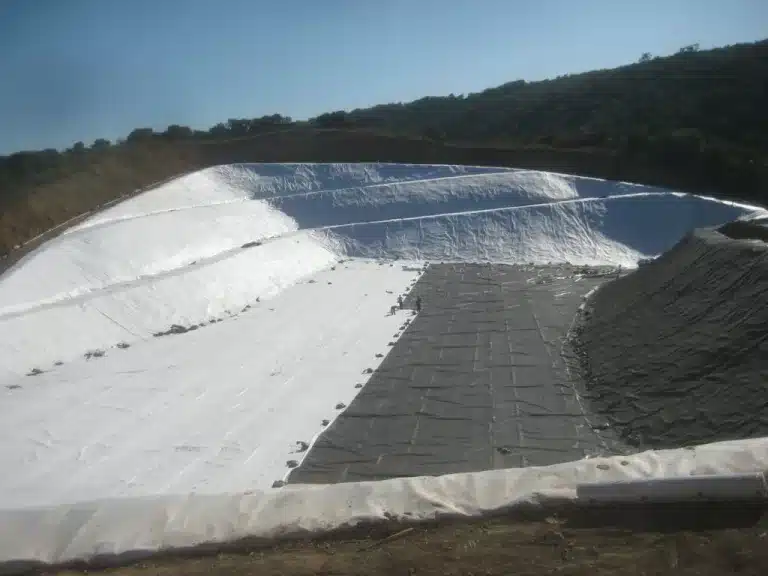
In the realm of environmental engineering and construction, the quest for sustainable and efficient materials has led to the innovation of geosynthetic clay liners (GCLs). These advanced barriers combine the natural sealing capabilities of clay with the durability and strength of geosynthetics, offering a plethora of advantages over traditional lining systems. This article delves into the purpose, benefits, and design aspects of geosynthetic clay liners, providing insights into why they are becoming the preferred choice for projects requiring effective containment solutions.
In the realm of civil engineering and construction, the advent of geosynthetics has revolutionized traditional practices, offering innovative solutions to complex problems. Geosynthetic fabrication, a process that intertwines engineering prowess with material science, has emerged as a cornerstone in modern infrastructure projects. This article delves into the essence of geosynthetic materials, exploring their manufacturing processes, applications, and the polymers that bring them to life, shedding light on how these engineered fabrics are shaping the future of construction and environmental projects.
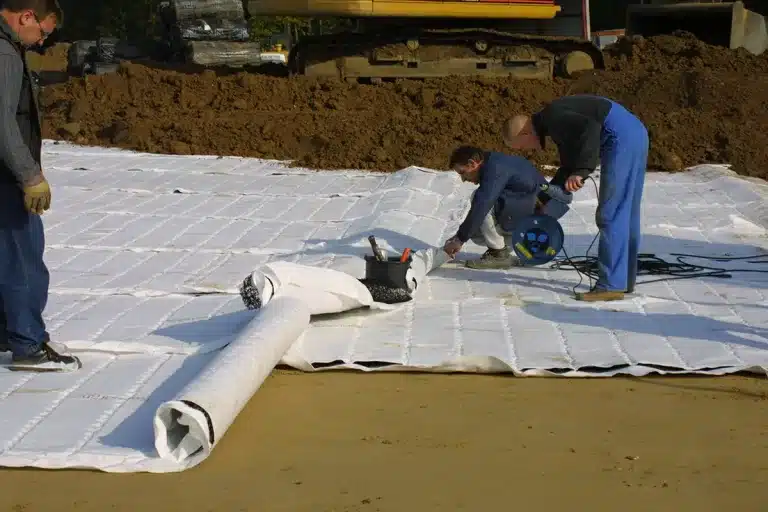
This article delves into the pivotal role of geosynthetics in modern infrastructure development. It explores the various types of geosynthetic materials, their applications, and the significant benefits they offer. By addressing common questions and providing in-depth insights, the article aims to highlight the importance of geosynthetics in ensuring sustainable, durable, and cost-effective construction solutions.
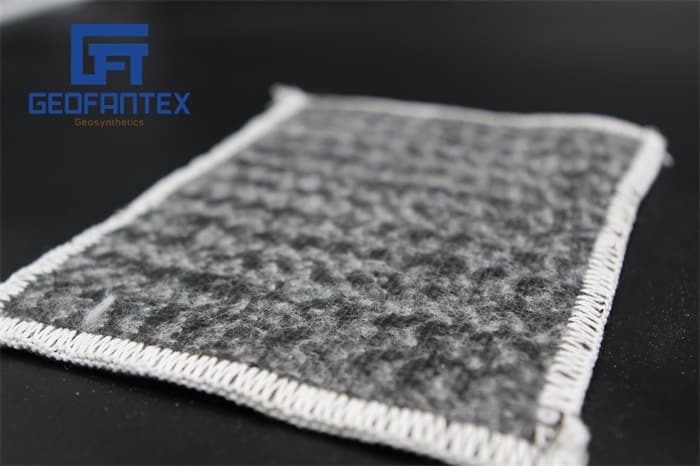
The Geosynthetics Clay Liner is a kind of geosynthetic material specially used for anti-seepage of artificial lakes, waterscapes, landfills, underground garages, roof gardens, pools, oil depots and chemical storage yards. It is made of highly expansive sodium-based bentonite is filled between the special composite woven geotextile and non-woven geotextile. The bentonite impermeable pad made by needle punching can form many small fiber spaces. The bentonite particles cannot flow in one direction, and they stay in the pad when it meets water. A uniform and high-density colloidal waterproof layer is formed to effectively prevent water leakage.
End of content
End of content
WhatsApp us